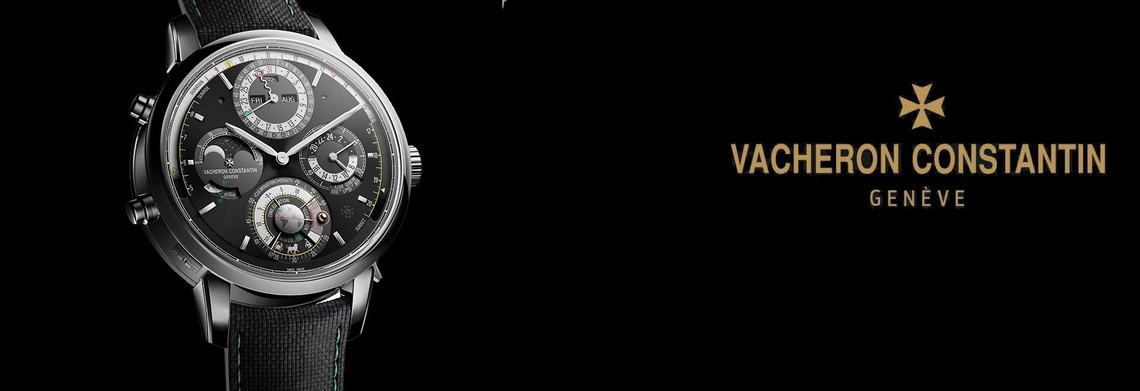Vacheron Constantin Métiers d’Art Tribute to great civilisations – Grand sphinx de Tanis
Functions
- Hours
- Minutes
- Day
- Date
Movement
- Self Winding/Automatic
- Poinçon de Genève (Hallmark of Geneva)
- Swiss Made
Case
- Round
- Pink Gold
- Polished
- 12.90mm
- 42.00mm
Glass
- Sapphire
Water resistance
- 3.00atm / 30.00m / 100.00ft
Buckle
- Pin Buckle
- Pink Gold
Strap
- Mississippiensis Alligator
- Blue
Year
- 2022
Official description
Sphinx is the Greek word used to refer to Egyptian statues of lions with human heads. A correlation has been made in the past with the Egyptian term shesep-ânkh. This term is in fact used to designate a statue in general, in other words a «living image», to use the Egyptian concept. Royal symbols, sphinxes are often aligned on either side of the processional routes leading to the temples. On this monumental Grand sphinx de Tanis model, the work of cutting the stone with polished surfaces is admirable in its precision. For the engraver of the carved gold applique representing the head of the sphinx, one of the difficulties – in addition to that of modelling the faces – lay in rendering the large false beard within such a small space. The master artisan had to work in relief using the pounced ornament technique, despite the thinness of the plate, before accentuating the depth effect by patinating the material with a blowtorch and then by hand.
The main dial is made of enamel whose deep colour, a mixture of blue and black enamels, is obtained after six firings in the kiln. The decorative dial elements are inspired by the necklace depicted on the cartonnage coffin of Nakht-khonsou-irou. During the 22nd dynasty, the mummy of the deceased was placed in wrappings or a coffin in cartonnage, a material composed of several layers of glued, stuccoed and painted cloth These wrappings and coffins show the image of the deceased in his shroud adorned with numerous protective, brightly coloured motifs. He is protected for eternity by the great funerary god Osiris and various other deities. The chest is always covered by a large necklace composed of geometric and floral motifs. The necklace is trimmed with petals that are reproduced in champlevé enamel sprinkled with inclusions to give the outer frieze an aged appearance. Under this necklace, a winged hawk with a ram’s head appears and the plumage of its wings is picked up on the dial – again in champlevé enamel. The last cultural component is the sapphire crystal bearing the gold applique and engraved by metallisation with hieroglyphic inscriptions from a cartouche of the sphynx of Tanis. This one indicates the name of the pharaoh Merenptah (1213 – 1203 B.C.), son and successor of Ramses II under the heading: «The king of Upper and Lower Egypt Ba-en-Ra-mery-Amon. The son of Ra Merenptah who is satisfied with the Ma’at, endowed with eternal life». This Métiers d’Art Tribute to great civilisations – Grand sphinx de Tanis watch expresses all the majesty of the Egypt of the pharaohs.



